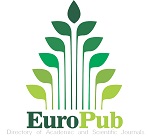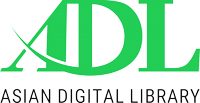Name of Journal: Shnakhat
Journal Frequency:
ISSN Online: 2709-7641
ISSN Print: 2709-7633
Language: English.
Name of Publisher: SHANAKHT RESEARCH & EDUCATIONAL INSTITUTE
Review Type: Double Blind Peer Review
Area of Publication: Arts and Humanities (miscellaneous)







